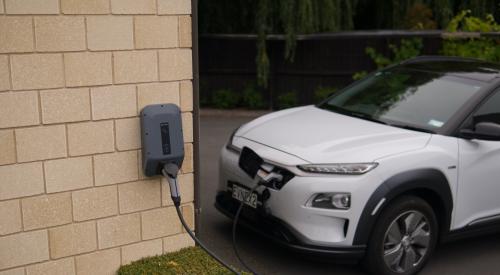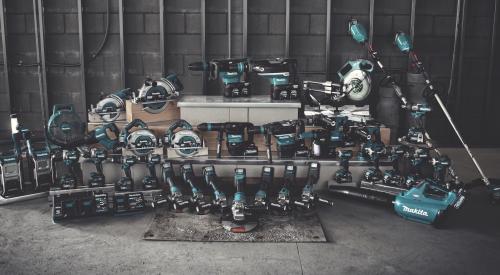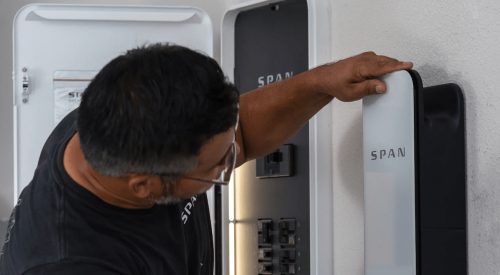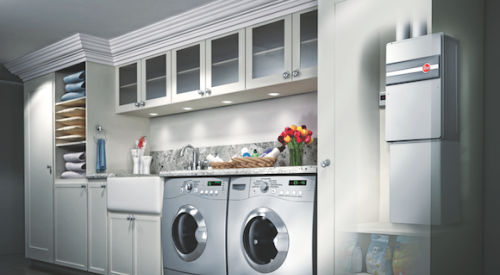Homeowners have their choice of three types of chargers for their electric vehicles, the New York Times reports.
Over 80 percent of electric vehicle owners charge at home, the Energy Department says, adding that “charging in a single-family home allows you to take advantage of low, stable residential electricity rates.”
Three methods of charging cars’ lithium-ion batteries are in use: Level 1, using a standard 110-volt outlet; Level 2, an upgrade to a 240-volt outlet; and DC fast-charging, which uses direct-current electricity. However, owing to the high cost and complexity of DC equipment, home use is typically kept to Levels 1 and 2.
Level 1 charging, with the plug-in cord that is standard on electric vehicles, can replenish the battery of some limited-range electrics and hybrids — like the Chevrolet Volt or Fiat 500e — overnight.
For cars with larger batteries, Level 1 is painfully slow. That category includes models with a range of over 200 miles, like the Chevrolet Bolt, the Nissan Leaf Plus, the Kia e-Niro, the Hyundai Kona Electric, the various Teslas, and most coming models. Charging a depleted battery for these would require days.











